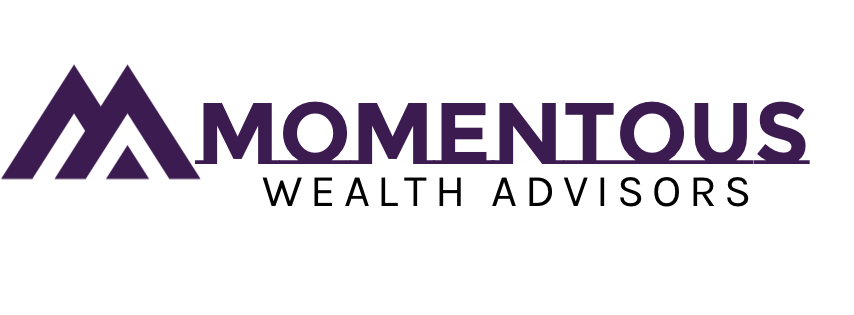Playing Catch-Up: Strategic Retirement Planning When Time Is Running Short
If you're in your 40s or 50s wondering whether you're saving enough or investing in the right accounts, you're not alone. This is the decade when retirement transforms from a distant concept to an approaching reality, and many people realize they need to accelerate their efforts. The good news? You're likely in your peak earning years, which means you have more firepower than ever before to build your retirement nest egg. The key is deploying that firepower strategically.
Are You Saving Enough?
The honest answer depends on when you started, but there's a helpful rule of thumb: for every decade you delayed serious retirement saving, increase your savings rate by 10%. If you're just getting serious about retirement in your 40s, aim to save 30% of your income (versus 10% for someone who started in their 20s). This might sound daunting, but remember that you're likely earning more now than you ever have. Focus on saving any raises, bonuses, or windfalls rather than letting lifestyle inflation consume them. If 30% feels impossible, start where you can and work up—even 15% is better than the national average of 5%.
Choosing the Right Accounts:
401(k) vs. IRA vs. Roth** At this stage of life, you should be maximizing tax-advantaged accounts before considering taxable investments. Start with your 401(k), especially if your employer offers matching—that's free money. For 2025, you can contribute $23,000 to a 401(k), plus an additional $7,500 "catch-up" contribution if you're 50 or older. Next, consider an IRA (traditional or Roth) for an additional $7,000 annually ($8,000 with catch-up). Choose traditional accounts if you expect to be in a lower tax bracket in retirement; choose Roth if you expect higher taxes later or want tax-free flexibility.
Stock Exposure in Your 40s and 50s: The New Rules
The old rule of subtracting your age from 100 to determine stock allocation (so 40% stocks at age 60) is outdated. With longer life expectancies and low bond yields, many experts now suggest 100 minus half your age, or even maintaining 60-70% stocks well into your 50s. The key is understanding that you're not just investing for the day you retire—you're investing for potentially 30+ years of retirement. Your money needs to grow during retirement, not just before it. However, you should start adding some bond allocation for stability as you get closer to actually needing the money.
Making the Most of Catch-Up Contributions
If you're 50 or older, catch-up contributions are your secret weapon. These allow you to contribute an extra $7,500 to your 401(k) and $1,000 to your IRA annually—that's potentially $8,500 more per year than younger workers can save. Over 15 years, maximizing catch-up contributions could add over $200,000 to your retirement savings (assuming 7% returns). Don't overlook Health Savings Accounts either—if you're eligible, these offer triple tax benefits and can serve as stealth retirement accounts.
The reality is that starting your serious retirement planning in your 40s or 50s isn't ideal, but it's far from hopeless. You have two powerful advantages: higher income and catch-up contribution limits. The key is being intentional and aggressive about your savings rate while being smart about account selection and investment allocation. Don't let regret about not starting earlier paralyze you—focus on maximizing the years you have left. With concentrated effort, you can still build a substantial retirement nest egg.
-Brian D. Muller, AAMS® Founder, Wealth Advisor
XYPN Invest Disclaimer:
Brian Muller is an Investment Adviser Representative of XYPN Invest, an SEC-registered investment advisory firm doing business as Momentous Wealth Advisors. This content is not published on behalf of XYPN Invest, and the views expressed herein are solely those of the author.
Disclaimer: This material is for informational purposes only and should not be construed as investment advice. Past performance is not indicative of future results. Investors should make investment decisions based on their unique investment objectives and financial situation. While the information is believed to be accurate, it is not guaranteed and is subject to change without notice.
Investors should understand the risks involved in owning investments, including interest rate risk, credit risk and market risk. The value of investments fluctuates and investors can lose some or all of their principal.
Always consult with a qualified financial professional before making any investment decisions.
